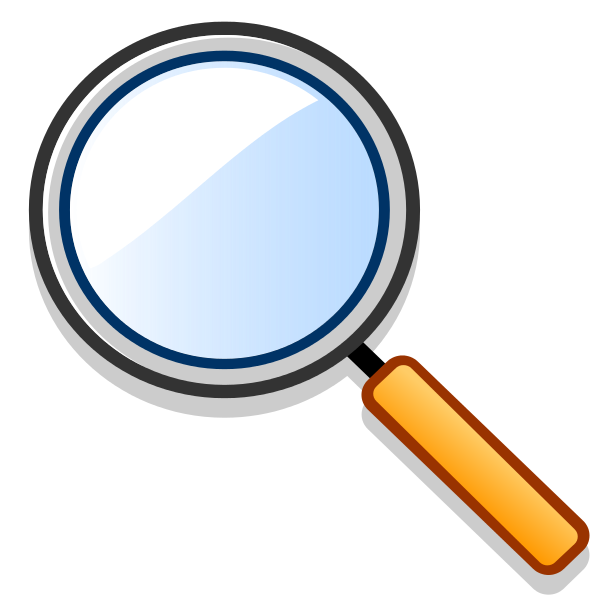STEP 1: Database Search
|
Journal Databases: |
Trusted Open Access Publishers: |
Ulrich's Periodicals Directory
|
Open Access Scholarly Publishers Association (OASPA)
|
Directory of Open Access Journals (DOAJ)
|
International Association of Scientific, Technical, and Medical Publishers (STM)
|
Committee on Publication Ethics (COPE)
|
|
|
Evaluative Open Access Databases: |
African Journals Online (AJOL)
|
|
BioMed Central
|
|
Quality Open Access Market (QOAM)
|
PubMed Central
|
STEP 2: Investigate the Website












If your journal did not appear in some of the databases, be sure to investigate the journal's website as thoroughly as possible.
- CHECK THE TIMELINE: If journals claim to accept articles for publication very quickly, they might have a compromised peer review process. Proper peer review and editing, regardless of the original quality of your work, will take several weeks minimum.
- EXAMINE THE CONTENT: Go through the website archive and go over a few of their published articles. How is the quality of the work? Are there consistent mistakes or works broadly off the stated scope of the journal? How well does the journal archive its material?
- REVIEW THE FEES: Check the website for information on what fees they expect you to pay. A legitimate journal often clearly lays out how much publication will cost and what this money is being used for in the publication process. Submission fees are NOT standard, but publication fees can be. If the fee also varies largely from standard publication fees for your discipline, that's a warning sign.
- RESEARCH THE EDITORS: Predatory publishers have a habit of listing academics as members of editorial boards without their permission, not allowing academics to resign from editorial boards, and occasionally appointing fake academics to editorial boards. Search the editors online, and see if they exist. If they do, check to see if they list the journal on their personal website or CV.
"Magnifying glass icon" by Igel B TyMaHe is licensed under CC0 1.0
STEP 3: Contact
WHEN IN DOUBT: Contact the journal and their publisher! If you have any doubts about the fees, copyright policies, or submission guidelines, a legitimate journal and its publisher should be easy to contact.
- PUBLISHER INFO: The information to contact both the main editor AND the publisher should be clearly marked, ideally including email address, telephone number, and office address. Many predatory journals do not list publisher information at all, or simply have one email account for all contact issues.
- PROMPT & HELPFUL REPLY: While many academic journals are busy, predatory publishers will most likely avoid meaningful questions or simply repeat useless information already present on their website. Make sure whoever you contact fully addresses your concerns.
- CHECK LOCATION: Predatory publishers often do not have any form of publishing office or center, and will thus list a nonexistent address or clearly incorrect building (such as a restaurant or a residential house) as their main point of publication. Run the given address through Google Maps and see what results you get.
Printable Checklist

Copyright @ Publons